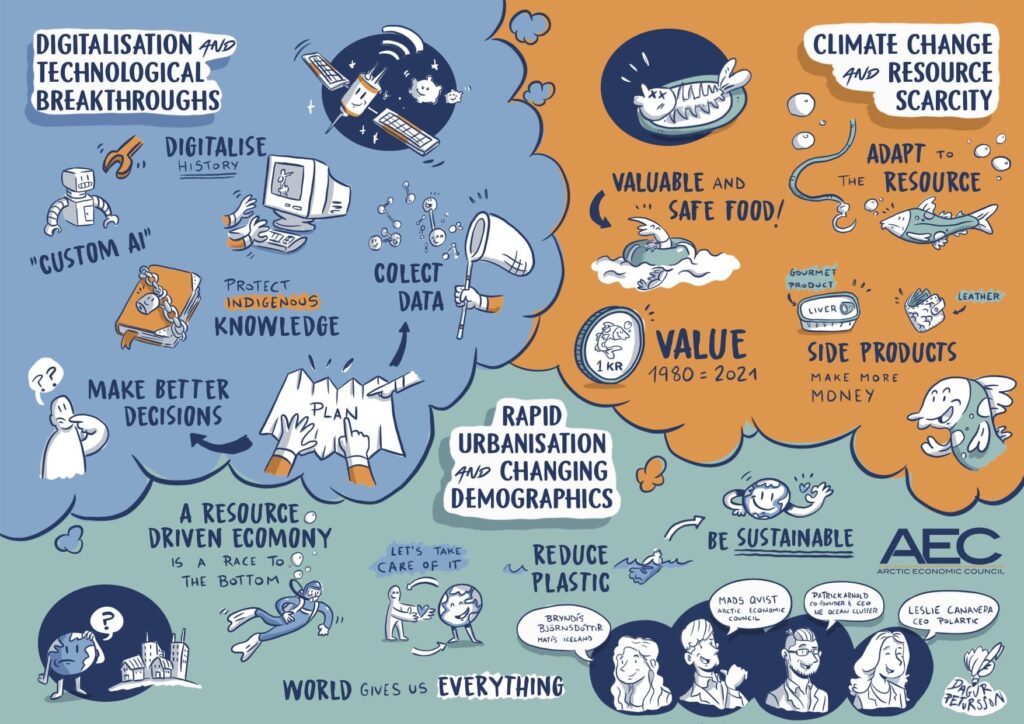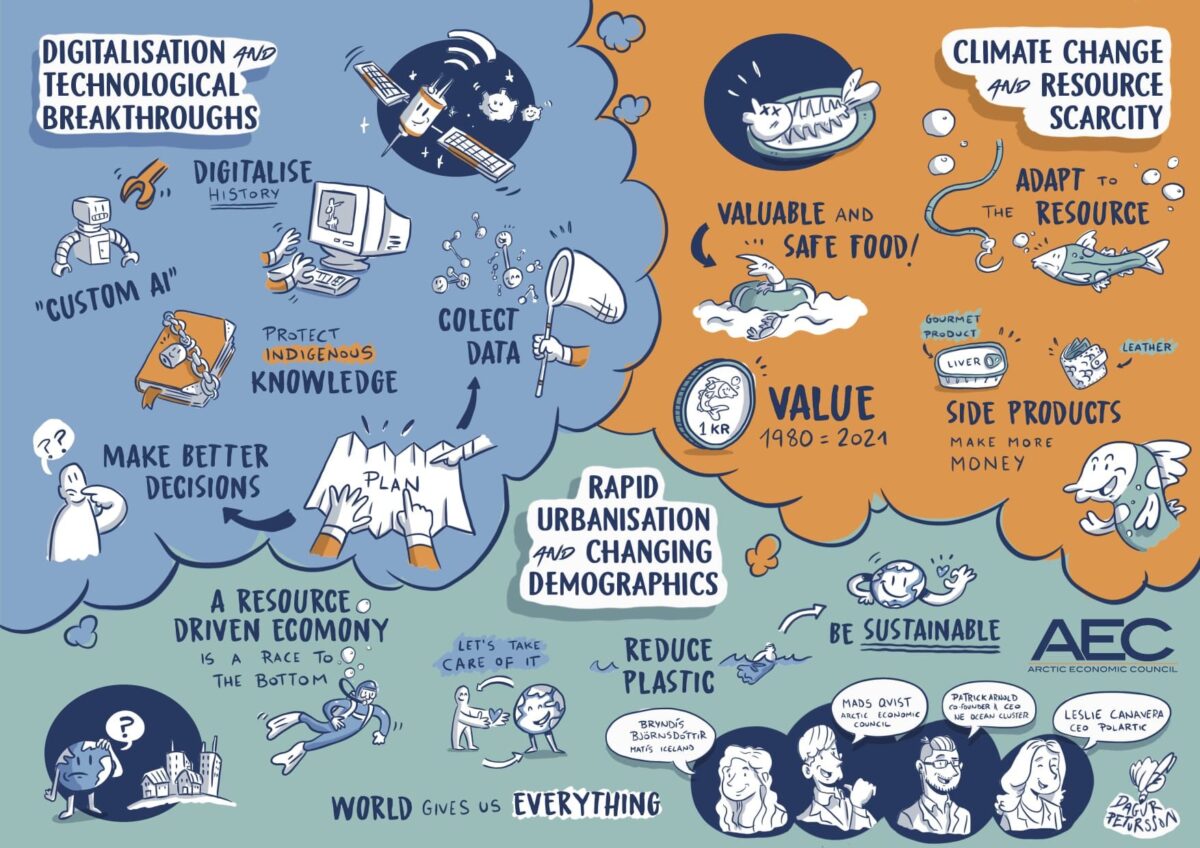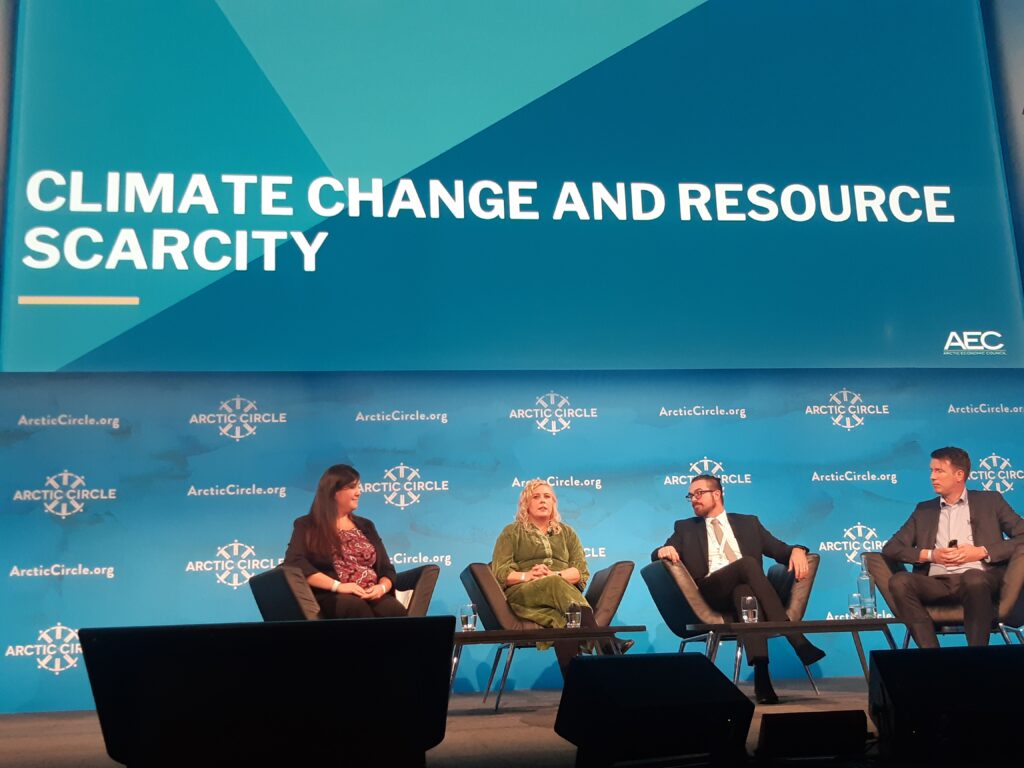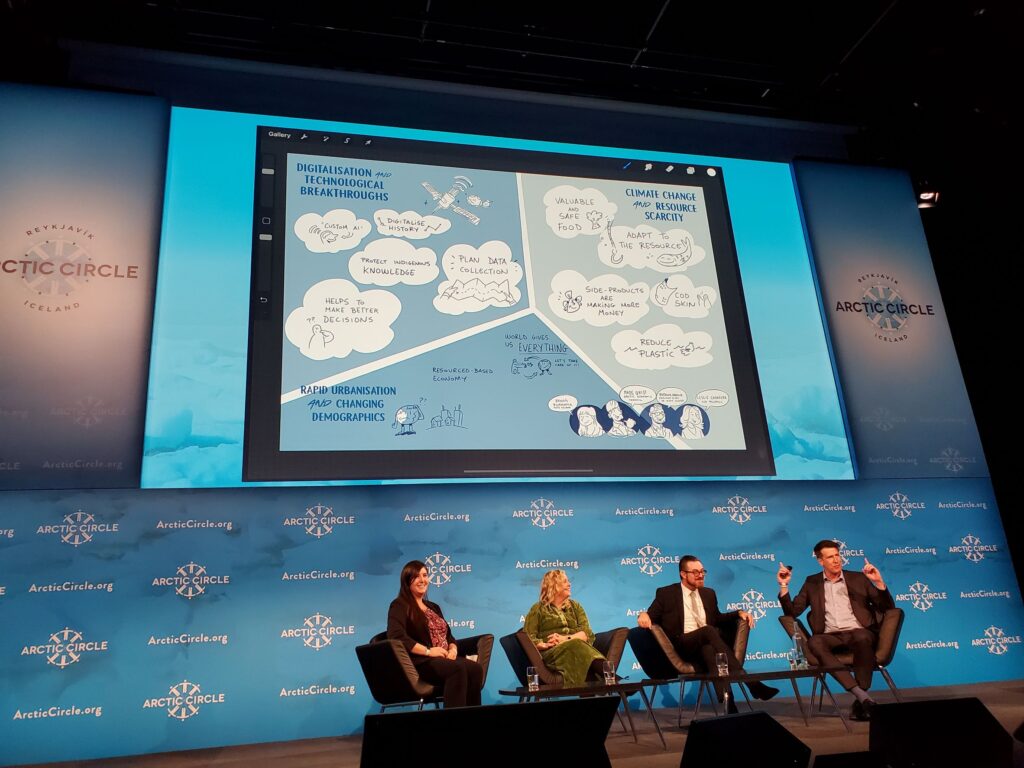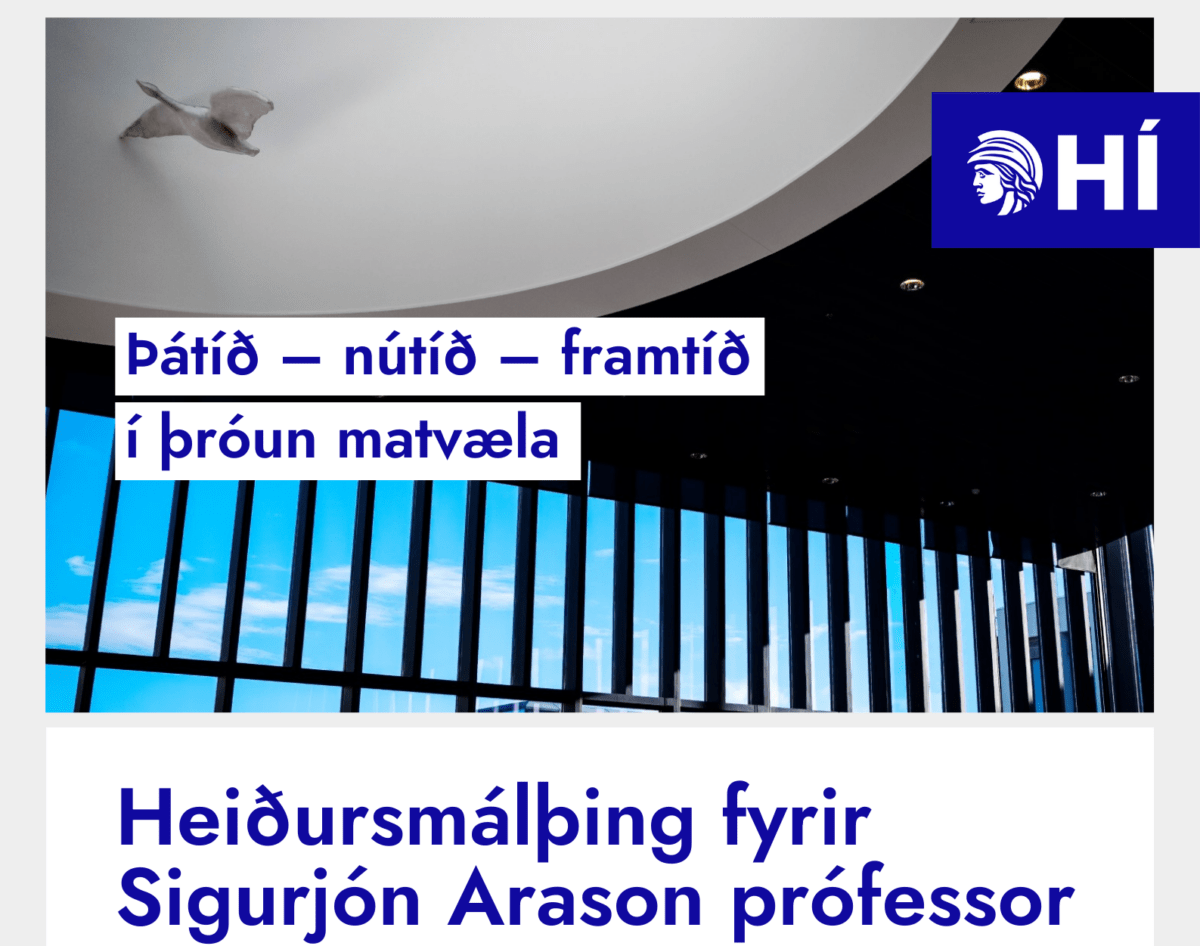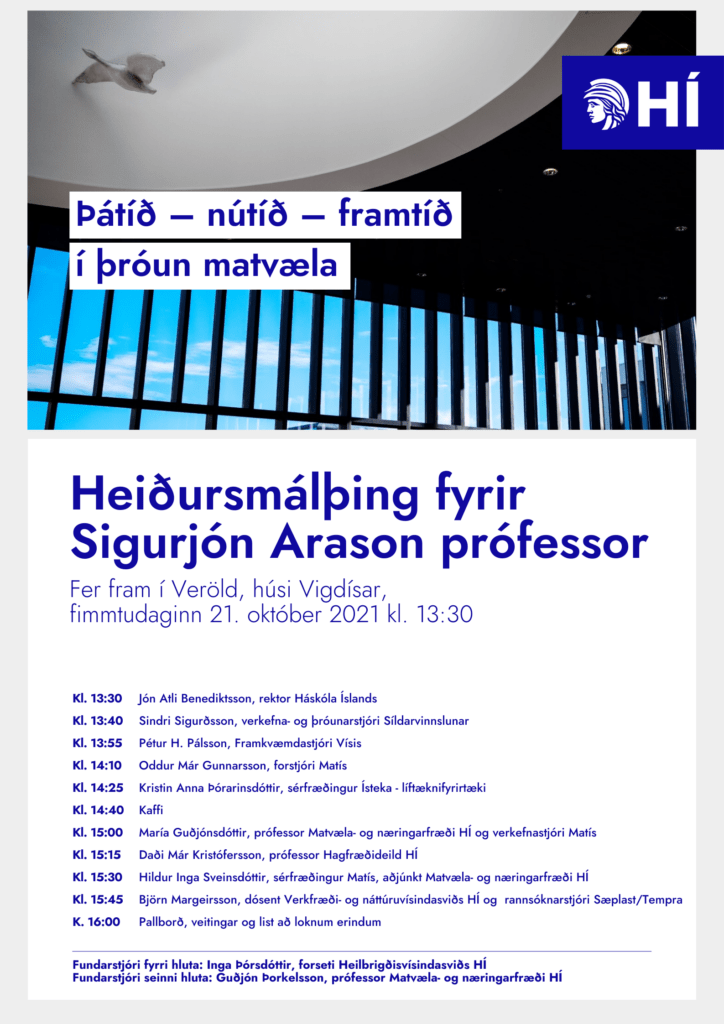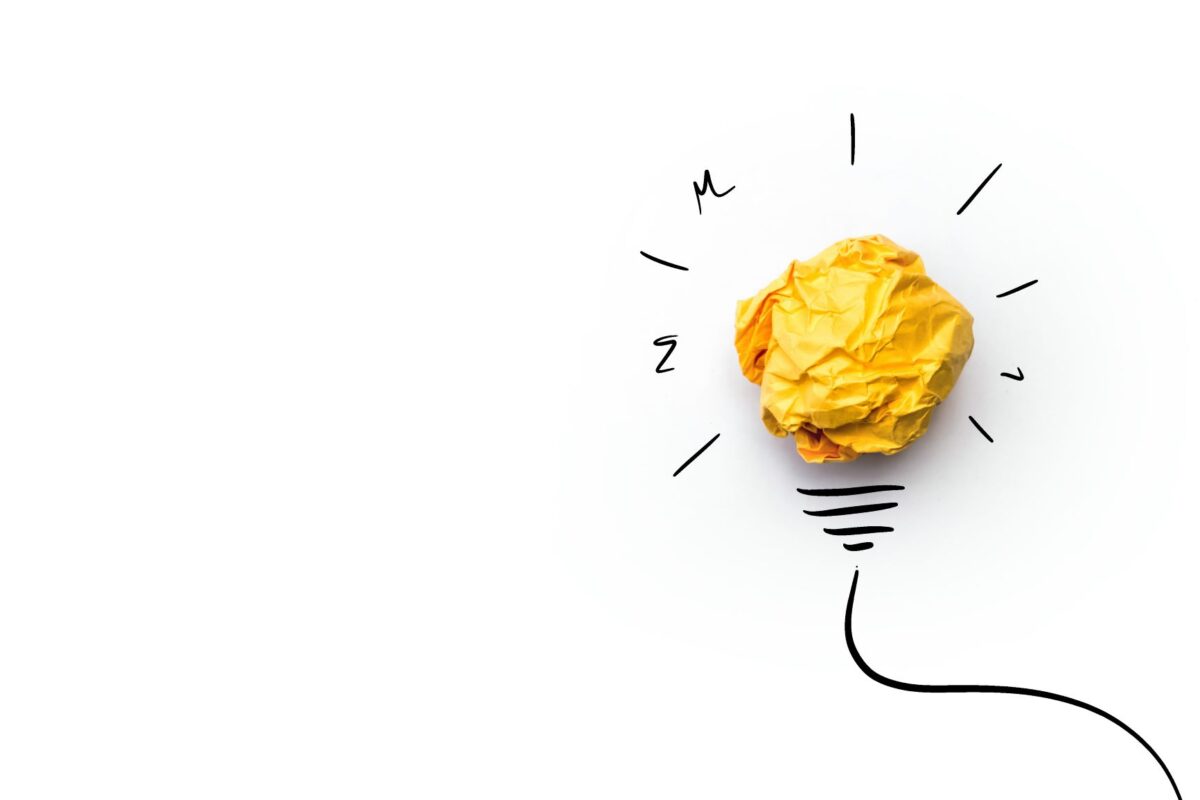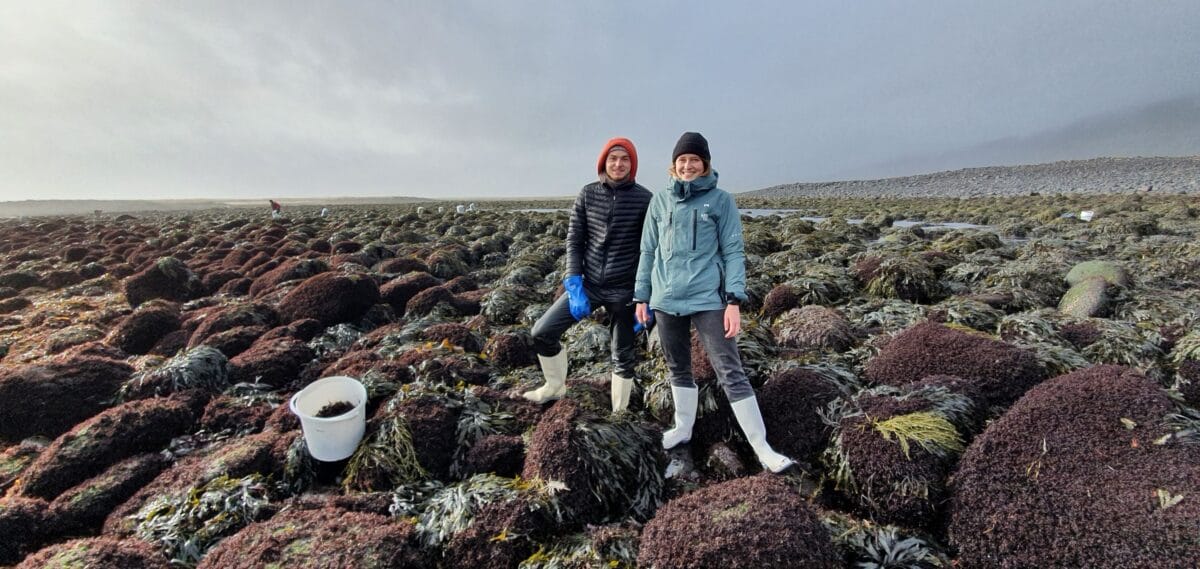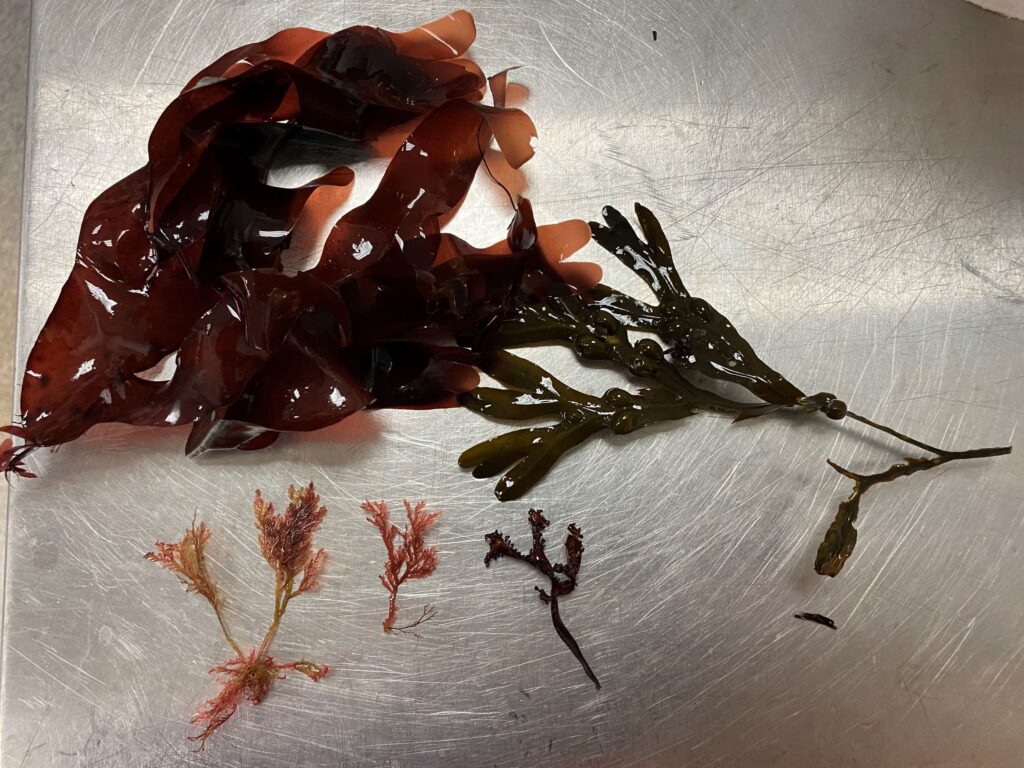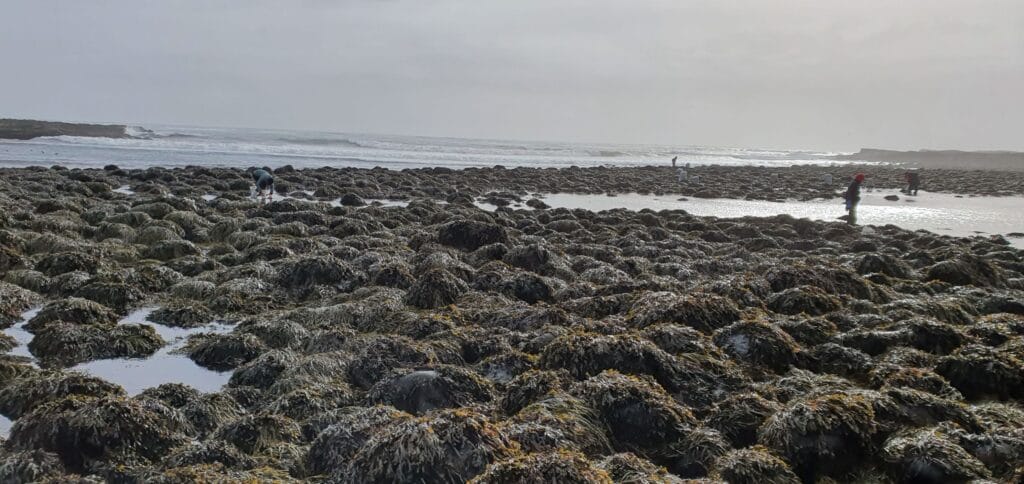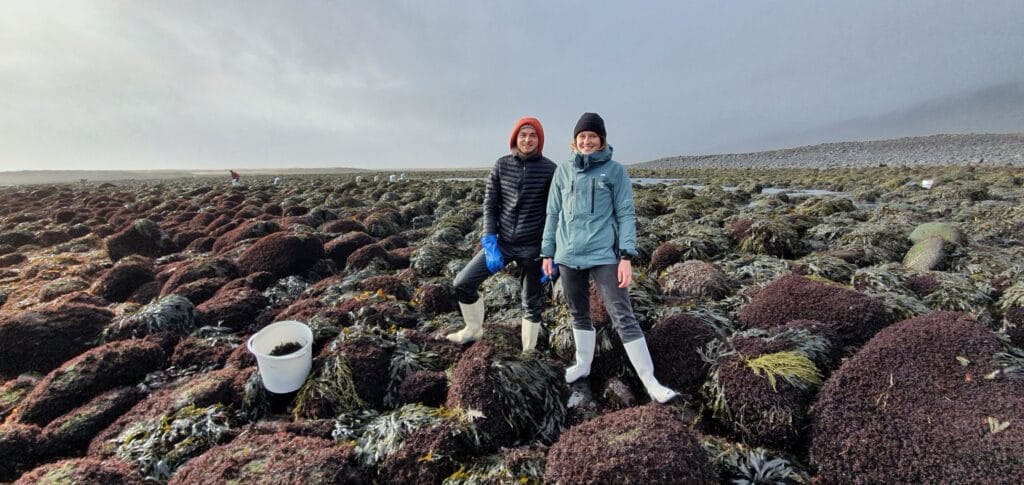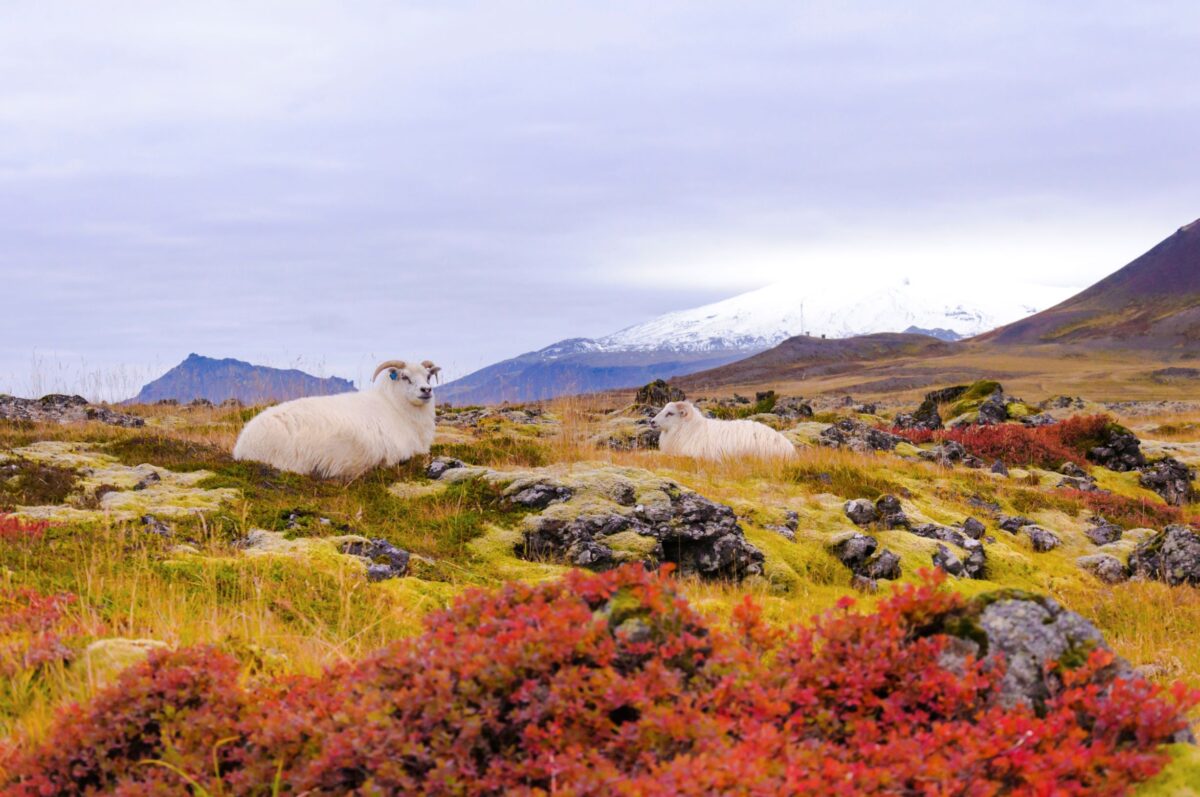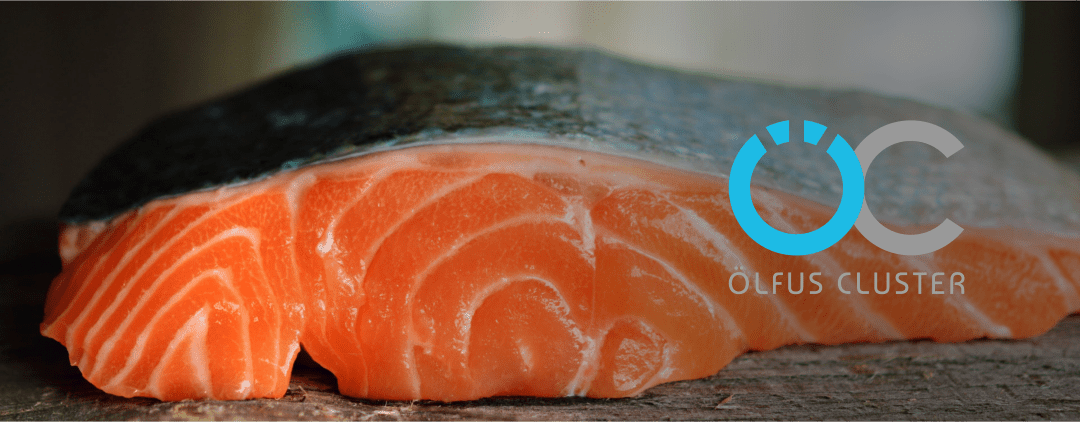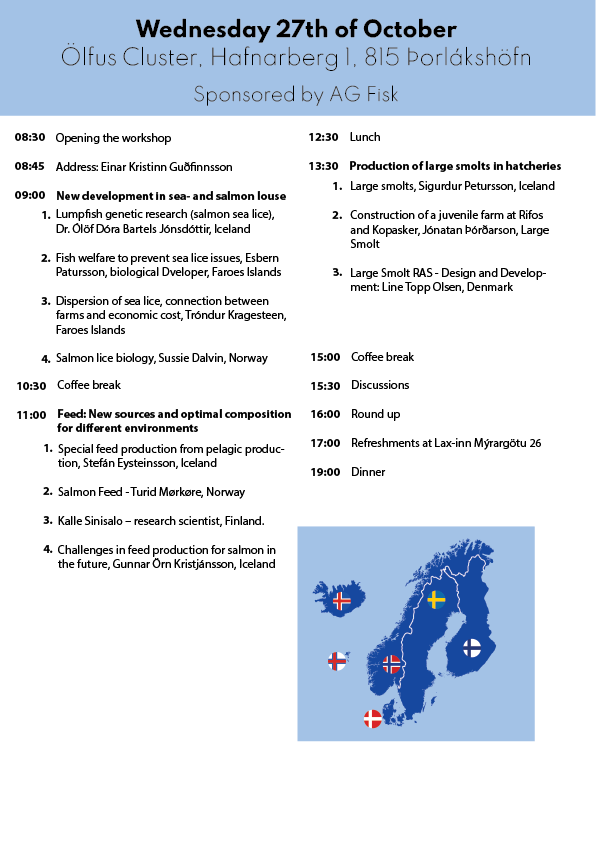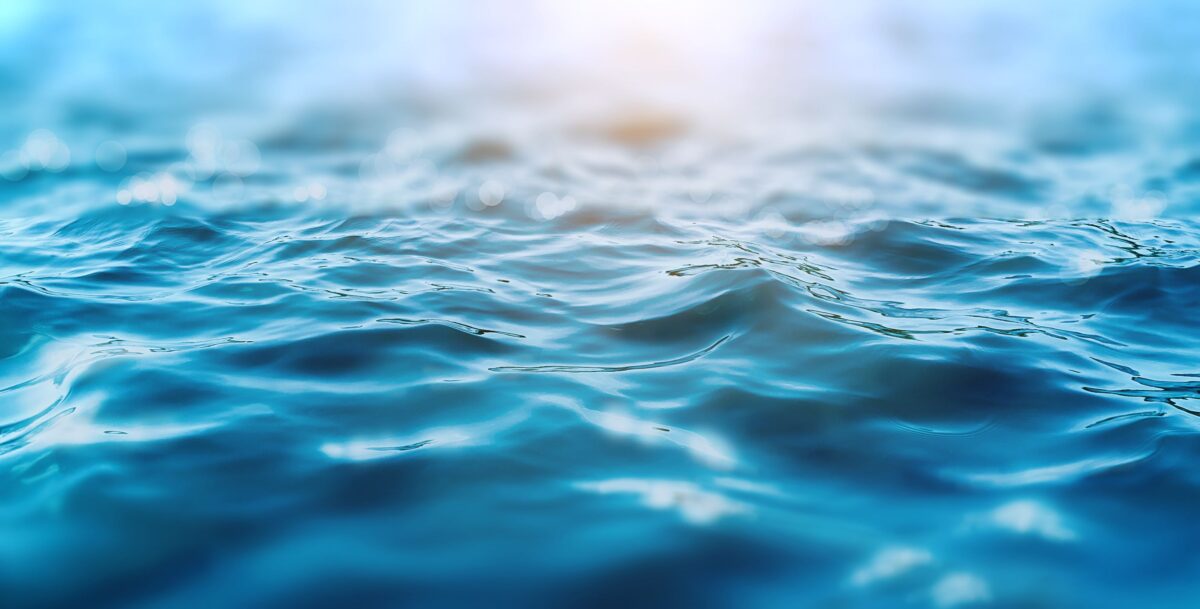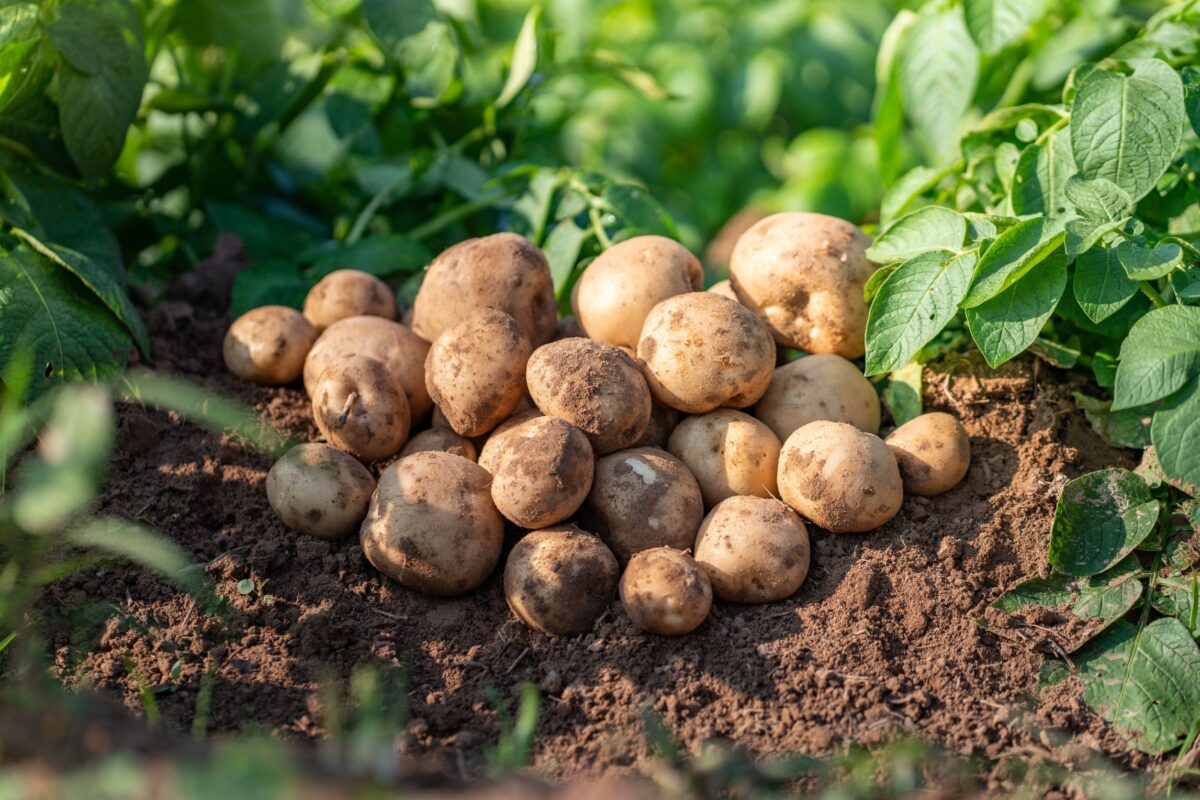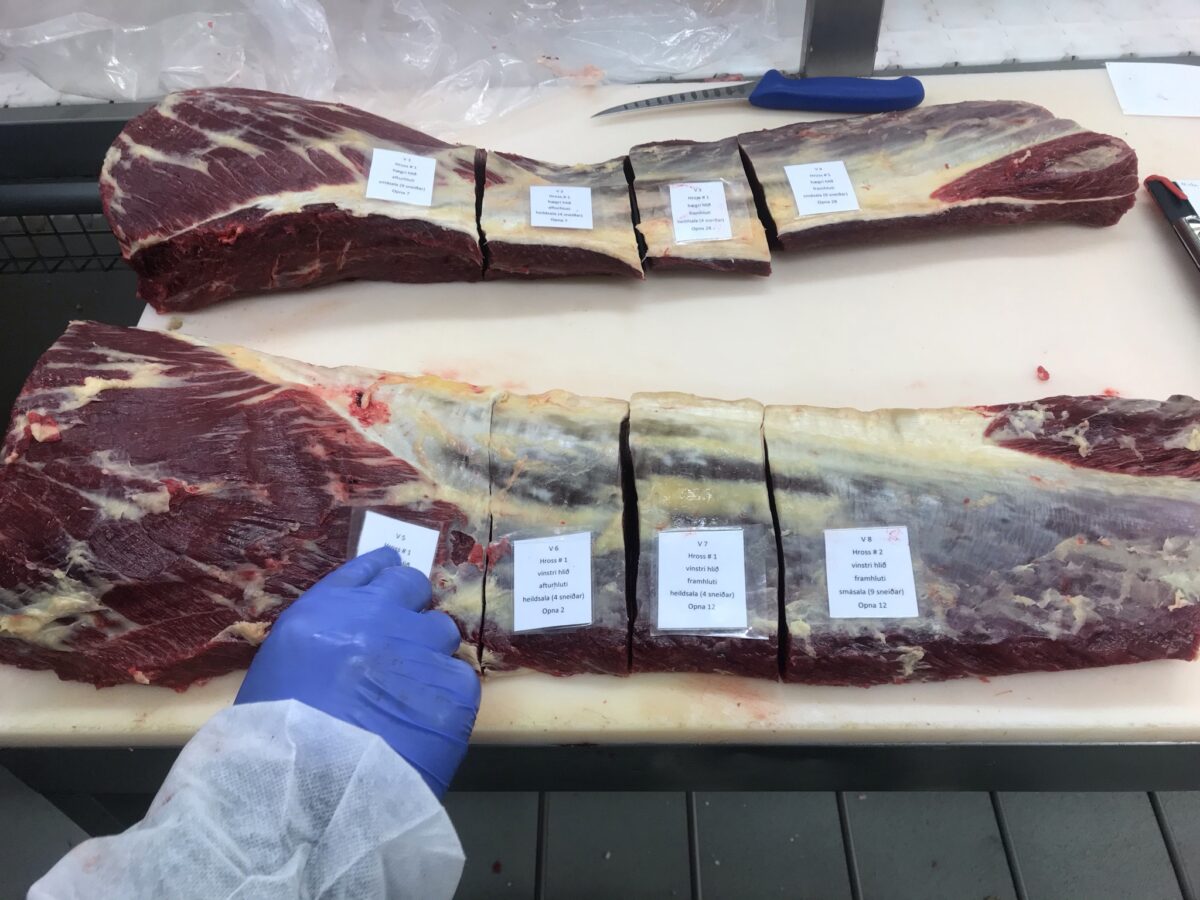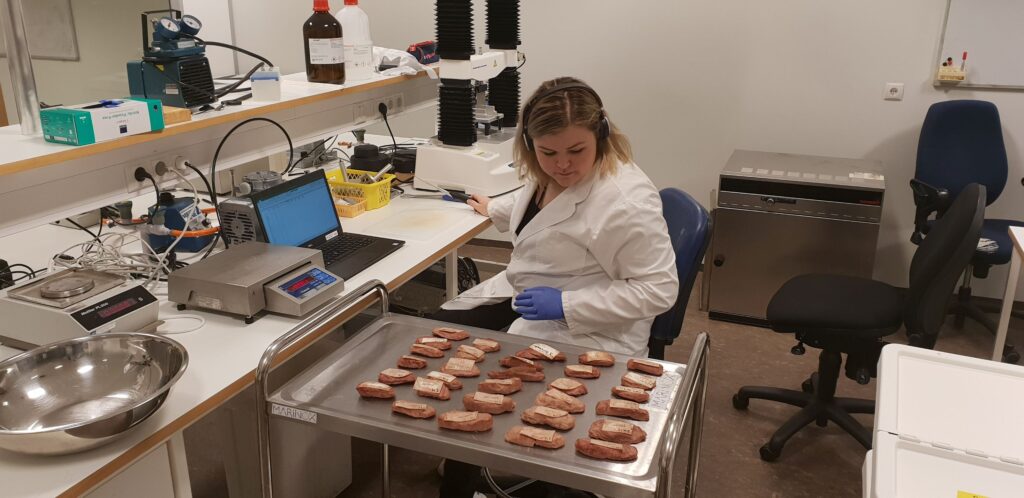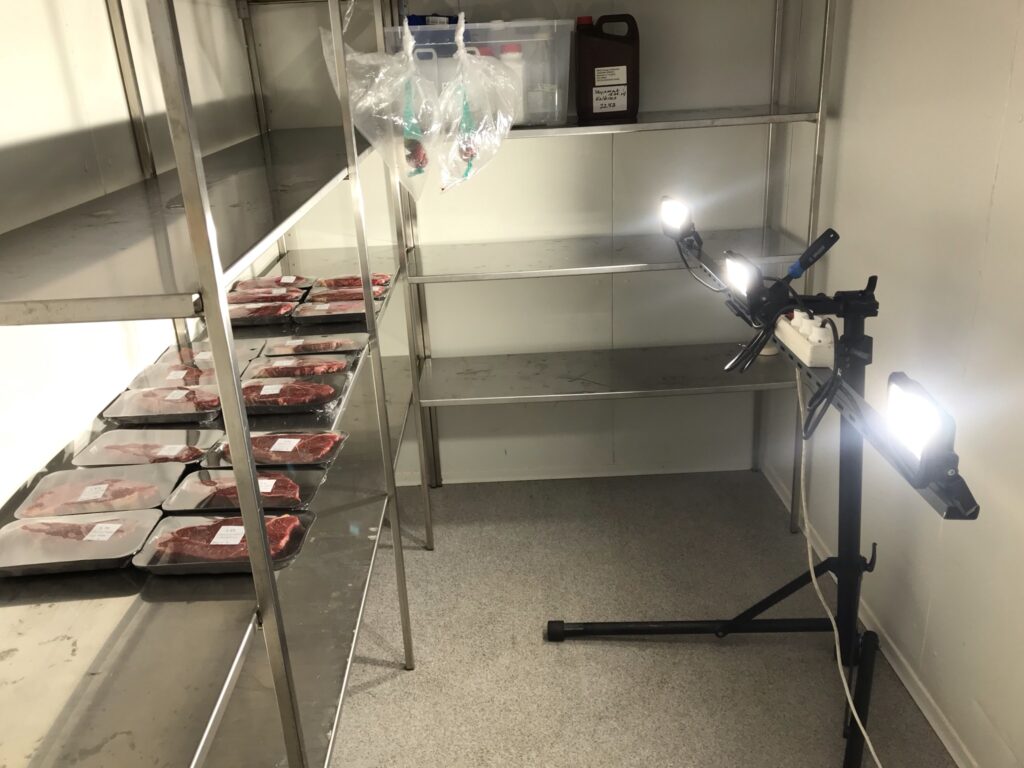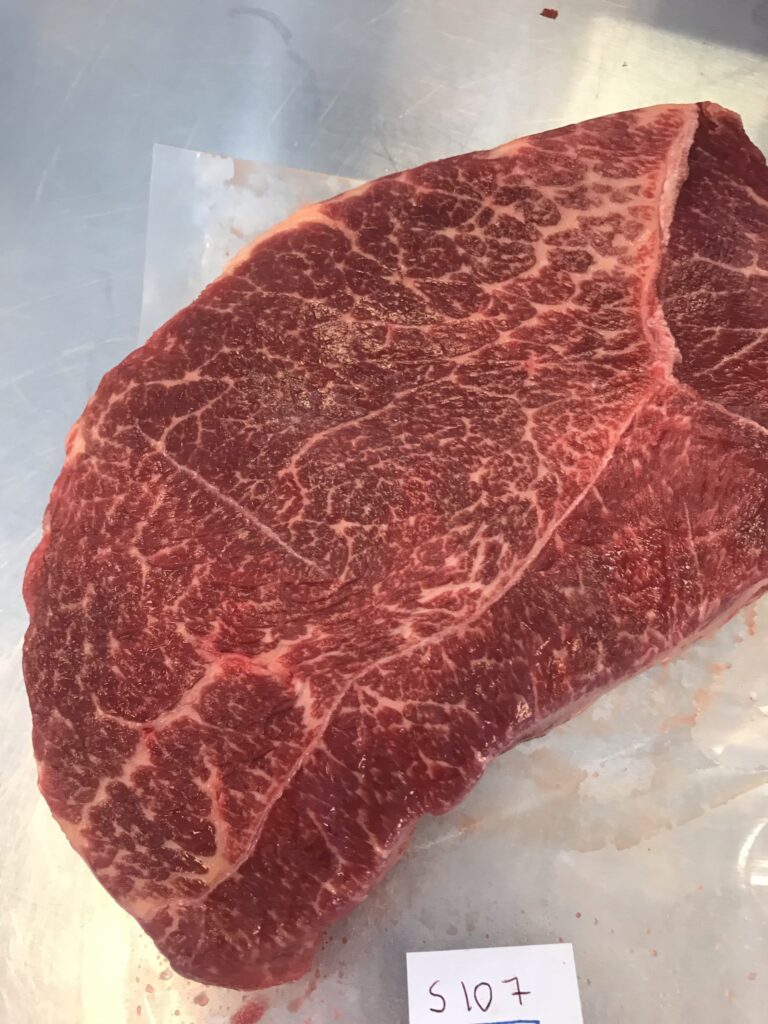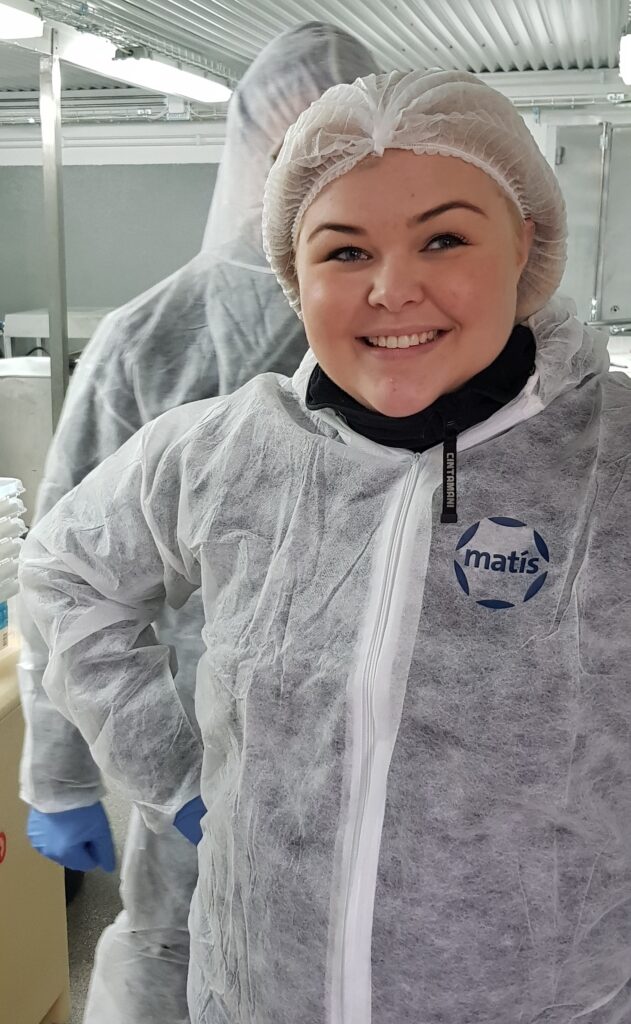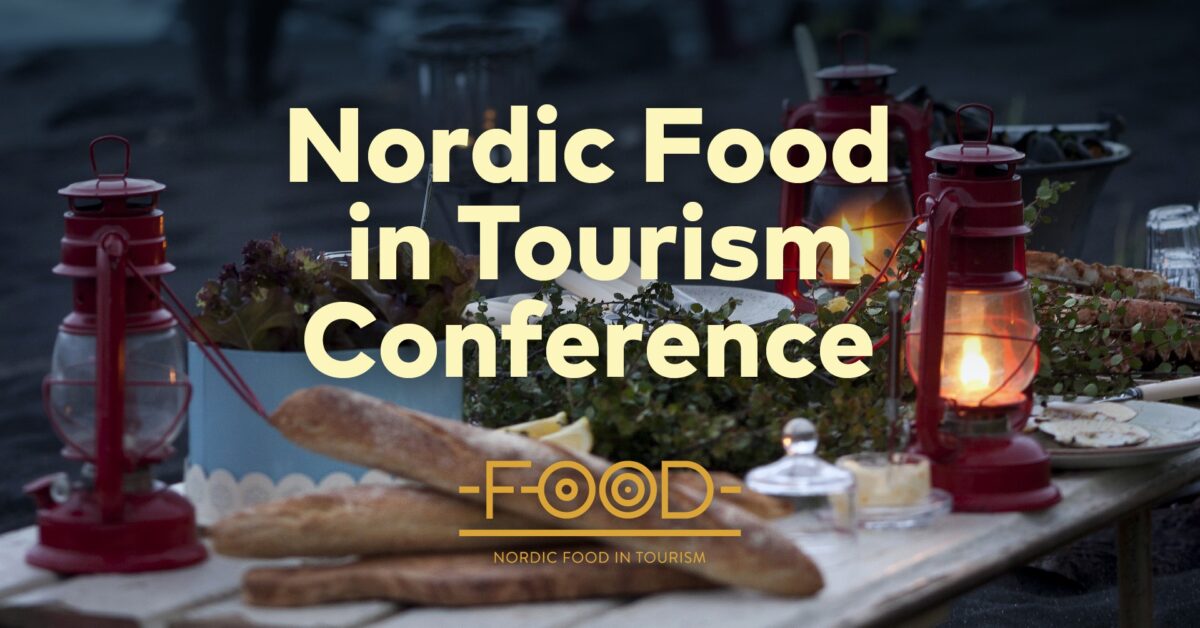On 30 September, Nordic Food in Tourism will hold a Nordic conference at Hótel Valaskjálf and present the results of three years of mapping the status of Nordic cuisine and the future of sustainable food tourism. The conference will be held in English and will also be accessible electronically on Zoom. Here you can register for the conference.
Agenda - Lectures in alphabetical order:
Afton Halloran, PhD Independent Consultant in Sustainable Food Systems Transitions
Communicating the impacts of climate change in Nordic Food Systems
__
Bård Jervan, Senior partner and founder of MIMIR AS and co-founder of BeSmart Nordics AS
The new National Tourism Strategy for Norway, and how food experiences are part of it
__
Birna G. Ásbjörnsdóttir, M.Sc. in Nutritional Medicine
Food and nutrition as medicine - changes ahead
__
Brynja Laxdal M.Sc. Nordic food in Tourism
Nordic food in Tourism, project, and results 2019-2021
__
Daniel Byström, Industrial Designer and Founder of the Swedish design agency, Design Nation
Visitor Journey and design thinking
__
Erik Wolf, founder of the food travel trade industry, and Founder and Executive Director of the World Food Travel Association
The future of Food Tourism
__
Jonatan Leer, PhD, Head of Food and Tourism Research University College Absalon, Roskilde Denmark
Sustainable Food Tourism in the Nordic Region: examples, definitions and challenges
__
Sara Roversi, Founder of Future Food Network and Director at Future Food Institute
How will food tech shape the future of food?
__
Þórhallur Ingi Halldórsson, Professor, Faculty of Food Science and Nutrition, University of Iceland
Towards sustainable diets: Facts, obstacles, and future perspectives
About Nordic Food in Tourism
Nordic Food in Tourism is one of the three Presidency projects of the Nordic Council of Ministers under the auspices of Sustainable Tourism in the North. The Ministry of Industry is leading the project in collaboration with the Icelandic Travel Cluster and Matís. Nordic partners come from Norway, Denmark, Sweden, Greenland, the Faroe Islands, Åland and Finland, as well as an expert group from universities and the business community.
One of the main goals of the project is to realize the changing consumption behavior of travelers and how they choose to access food and products during their travels. Climate change and the changing environmental awareness of visitors to the Nordic countries have a lot to do with changing behavior, and efforts must be made to find out which factors will change or be most affected. Among the products of the project are answers to what foods, production methods and or changed composition of products our future visitors will seek and how we need to develop and improve methods to meet it. Great emphasis is placed on focusing on food in tourism and not only food tourism. Partners in the project will also use the source of knowledge and results that emerge to disseminate and become leaders in sustainability and development when it comes to assessment in tourism.
Here you will find more information about Nordic food in tourism https://nordicfoodintourism.is/
